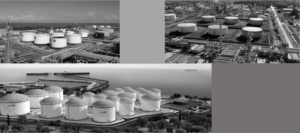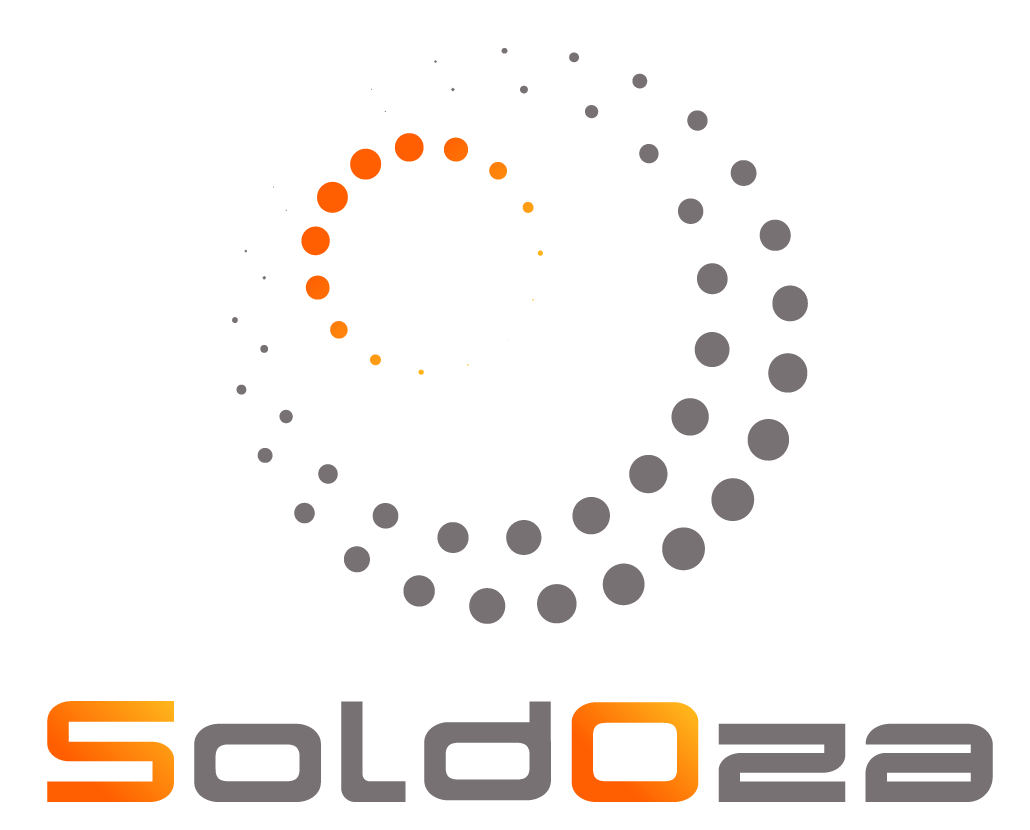Advanced Non-Destructive Testing Techniques for the Detection of Corrosion Under Insulation (CUI) (Part. 1)
By: Eng. Jesus Eduardo Contreras
What is Corrosion under insulation (CUI)?
Corrosion Under Insulation (known by its acronym in English, CUI) is a phenomenon that normally affects pipes and pressure equipment made of carbon steel, as a result of the entry or condensation of water under the thermal insulation. Within this category of corrosion can also be included the corrosion generated –for the same cause– under the lagging (CUF, corrosion under fireproofing) of pipes and pressure equipment.
The mechanism of corrosion under insulation involves three requirements:
- Availability of oxygen.
- High temperature.
- Concentration of dissolved species.
Normally, as the temperature increases, the amount of oxygen dissolved in the solution decreases as the boiling point is reached resulting in reduced corrosion rates. However, on the surface covered by insulation, a poultice effect is created which holds in the moisture which essentially makes its closed system. In fact, the measured corrosion rates associated with corrosion under insulation follow trends to higher corrosion rates commonly associated with only pressurized systems. Furthermore, in cases where precipitation becomes trapped on the metal surface by insulation, corrosive atmospheric constituents such as chlorides and sulfuric acid can concentration to also accelerate corrosion. In some cases, chlorides are present in the insulation which greatly promotes corrosion of the underlying surface which becomes laden with moisture.

There are a several of techniques available for the detection of this corrosion phenomenon. In these series of articles, we will talk about the 3 techniques most used by a large number of Non-Destructive Testing service companies. The first of them:
How to detect it?
The Pulsed Eddy Current (PEC):
Pulsed Eddy Current (PEC) is an electromagnetic inspection technique used to detect wall loss on ferromagnetic structures such as carbon steel and cast iron. It provides a relative volumetric measurement converted into an averaged thickness measurement based on the calibration area.
To generate and capture PEC, first, a magnetic field is created by an electrical current in the coils of the probe (a). It penetrates through the cladding, any non-conductive insulation (concrete, silicate, insulation with weather jacket or marine growth) (b) and stabilizes in the component thickness. Then, the emission is cut off. This abrupt change induces eddy currents that will be captured by the probe. The EddyFi Lyft instrument measures the decay rate (1) and an advanced signal processing algorithm translates the electromagnetic signal into an average thickness reading (2) over the footprint of the probe.
Principle

Let see some applications of this technology:
For corrosion under insulation (CUI), the most recent develop is the PECA probe, PECA means Pulsed Eddy Current Array.
High-productivity PECA probe for CUI inspections
- Inspection method in API RP 583 – 2014
- 18 in (457mm) single-pass coverage
- From 6 in (152mm) up to flat surface
- Inspects through up to:
- 1 in (25mm) material thickness
- 4 in (102mm) insulation / liftoff
- 1 mm (0.04in) aluminum weather jacket
- 1.5 mm (0.06in) stainless-steel weather jacket

Corrosion under fireproofing
High-productivity PECA probe for CUF inspections
- Inspection method in API RP 583 – 2014
- 457 mm (18in) single-pass coverage
- Integrated locking mechanism to adjusts to pipe OD from 152mm (6in) total including insulation, up to flat surface
- Inspects through up to:
- 1in (25mm) Material thickness
- 4in (102mm) Fireproofing
- Reinforce concrete
- Concrete
- Silicate with cladding

Scabs and blisters
- Safe assessment of remaining WT over scab
- Array of 3 dual sensors covering 3 in
- Spatial triangulation to detect and measure smaller flaws
- Smallest footprint on a PEC sensor
- FP0: 0.87in (22)

Do not miss the next article about our NDT experiences: Guide wave testing (GWT) to detect CUI!
If you want to learn more about these and other techniques, please contact us!




